Brake Pedal Travel and Feel
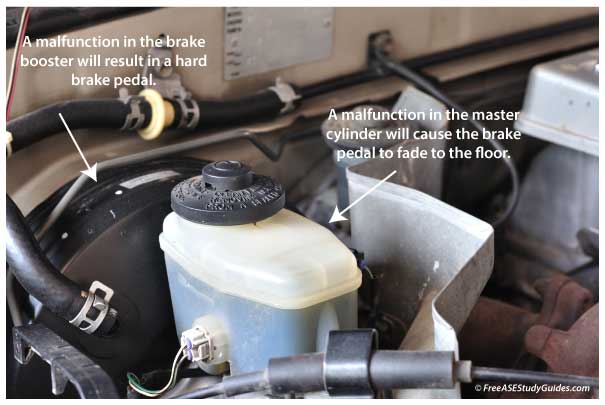
A soft or hard brake pedal with little stopping power is a sure sign something is wrong with the brake system. For example, when the pedal is spongy and low, air may have entered the system, or there could be a problem with the internal seals in the master cylinder. A hard brake pedal typically points to the brake booster assist unit.
Soft Brake Pedal
Air is compressible, and when trapped in the brake lines and fluid, it results in a soft brake pedal. Brake fluids have a high boiling and a low freezing point and must not corrode or damage sensitive rubber components used throughout the automotive braking system.
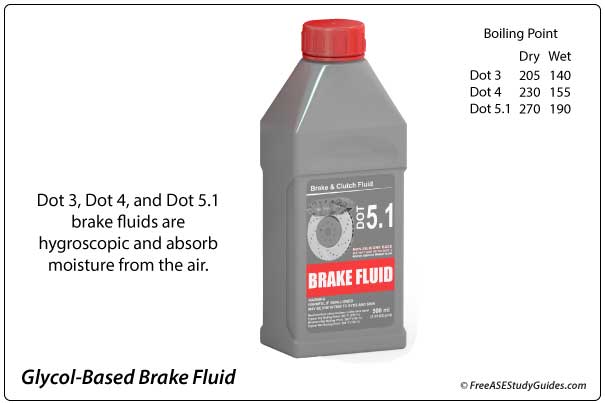
Brake fluid is hygroscopic and readily absorbs moisture from the air. Moisture lowers brake fluid's boiling point. Boiling brake fluid results in vapor pockets in the brake fluid and lines. Therefore, keeping the container capped tightly when in storage is essential.
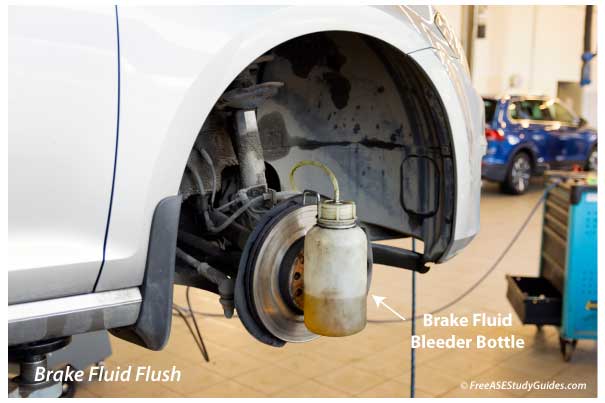
Flush the brake fluid to remove the air and moisture. Air can get trapped in the master cylinder, lines, ABS modulator, and calipers. The process is simple. Patience is required when bleeding stubborn air pockets from any hydraulic system. Air bubbles travel upwards and can get trapped in loops in the brake lines, and leaks can form in difficult-to-find places.
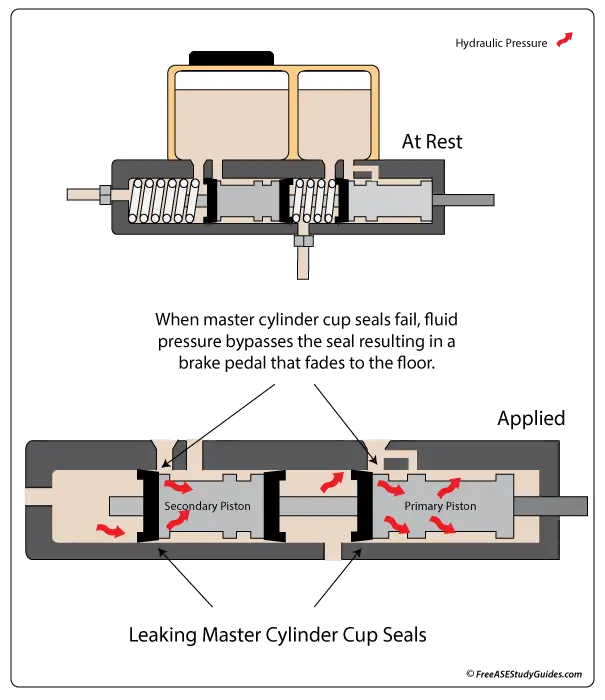
Brake master cylinders can leak internally or externally. Leaking internal cup seals are a common problem that causes the brake pedal to fade to the floor, resulting in vehicle creep. In addition, contaminated brake fluid causes the rubber parts to swell. Swollen master cylinder seals can result in a hard, binding brake pedal.
Loose flare nuts or a leaking secondary or pushrod seal can leak brake fluid between the back of the master cylinder and the front of the vacuum booster.
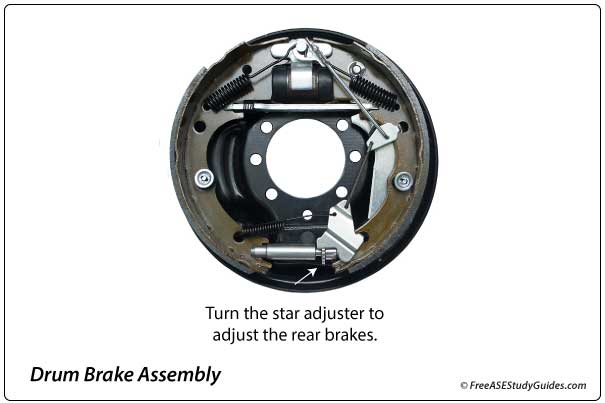
The parking brake automatically adjusts rear brake shoe clearance. However, not everyone uses the parking brake; if the brake pedal is low because the rear brakes are out of adjustment, turn the star adjuster to take up the clearance manually. Too much shoe-to-drum clearance results in excessive travel and a low brake pedal.
Hard Brake Pedal
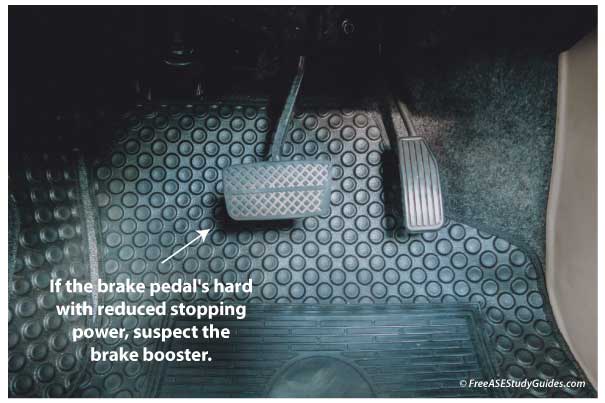
If the brake pedal's hard with reduced stopping power, suspect the brake booster. To test a vacuum brake booster, pump the pedal with the engine off to deplete the brake booster of any residual vacuum. Next, keep your foot on the brake pedal and start the engine. The brake pedal should move towards the floor, usually ~ ¼ inch. If there is no movement and the brake pedal remains firm, suspect a problem with the brake booster or its vacuum source.
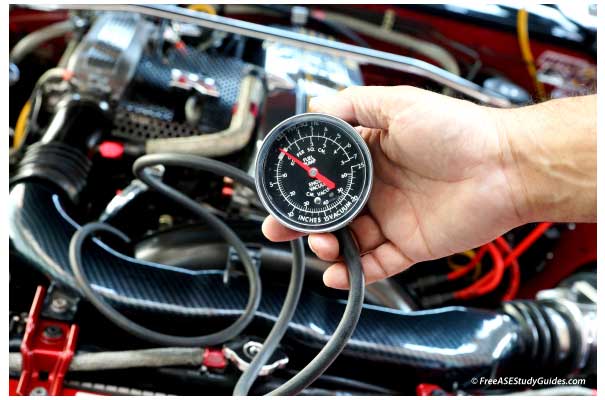
Apply vacuum to the booster and monitor for leakage. If the diaphragm cannot hold the vacuum, replace the booster. A kink in the check valve hose or carbon buildup at the intake manifold port also results in low or no vacuum to the booster. Cleaning this port or replacing the check valve's hose will restore vacuum and brake booster operation.